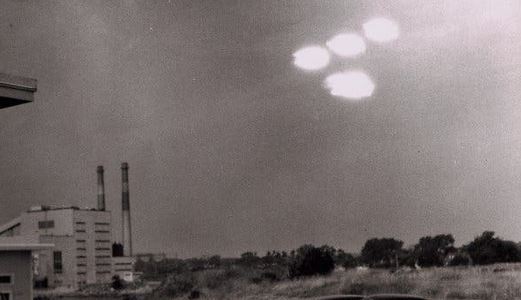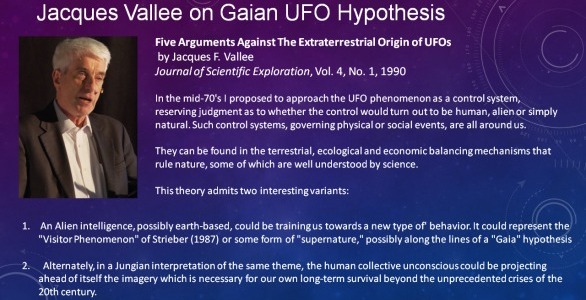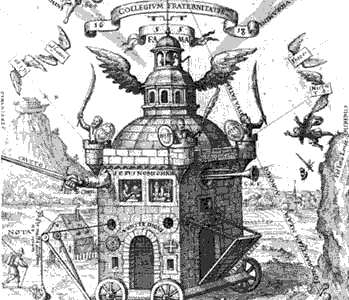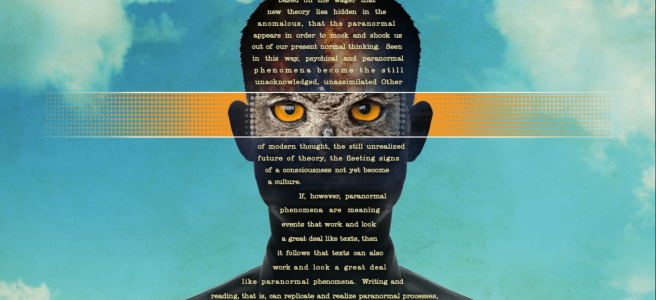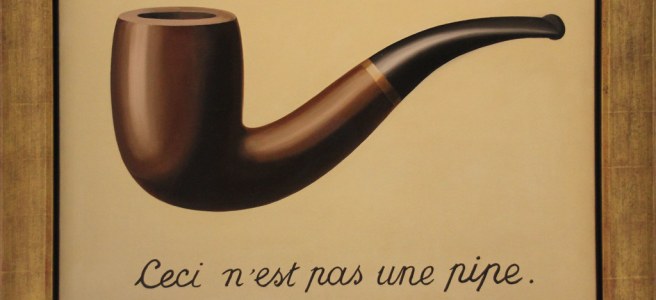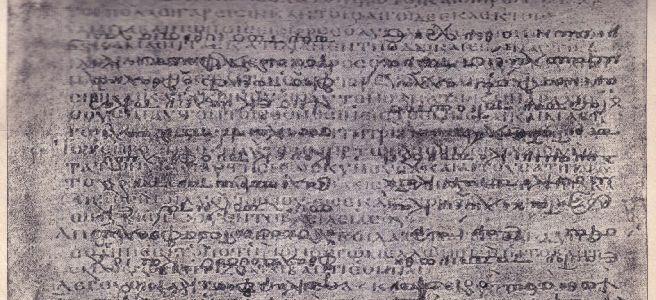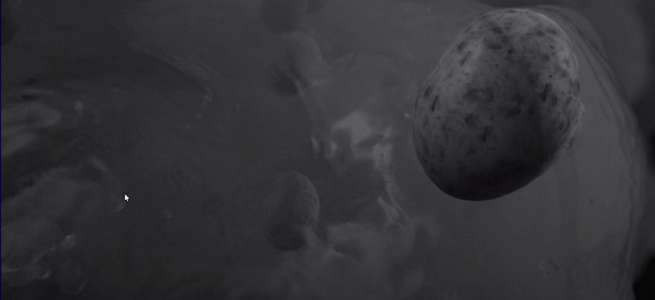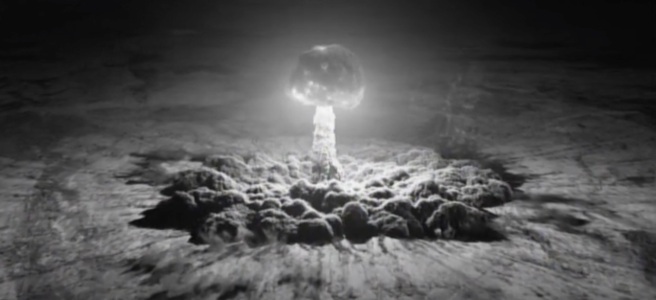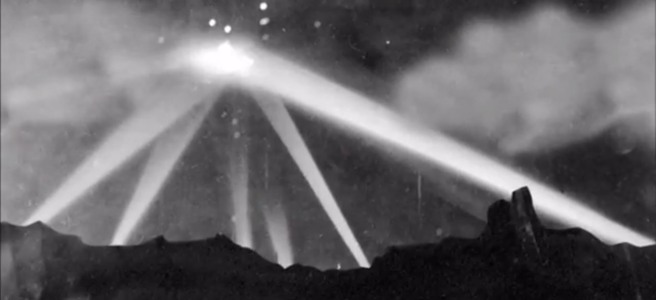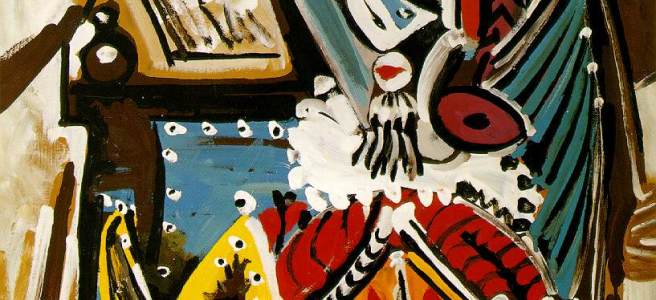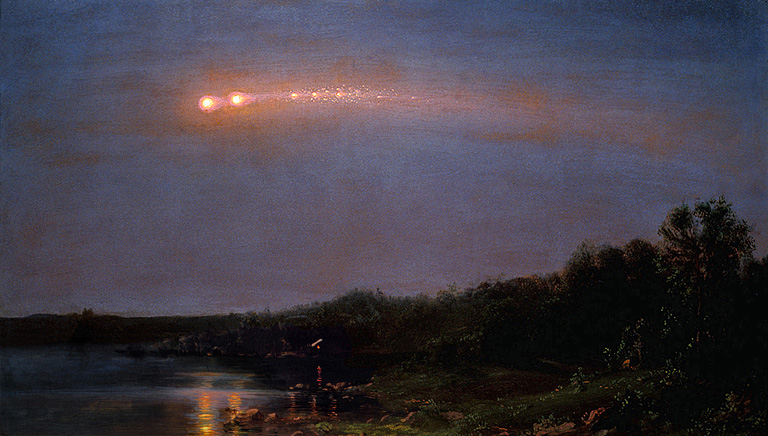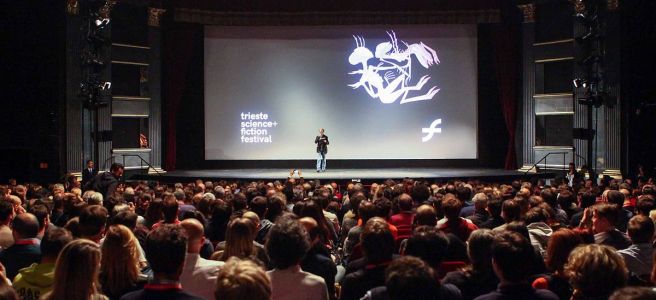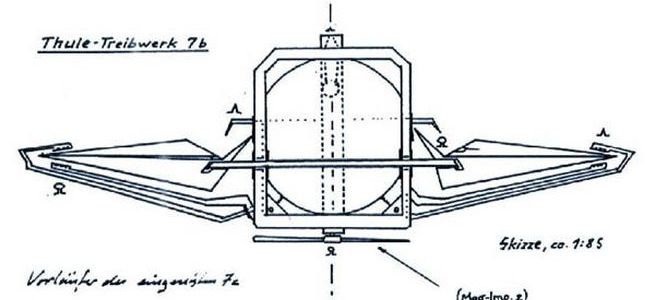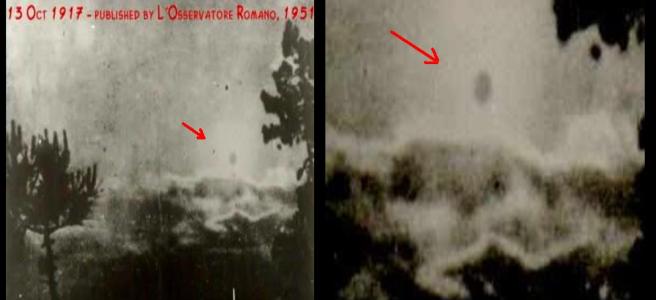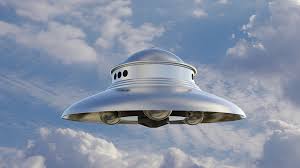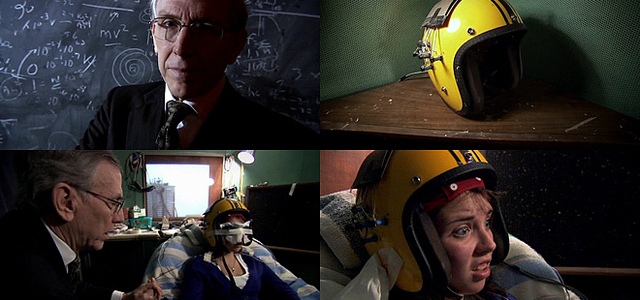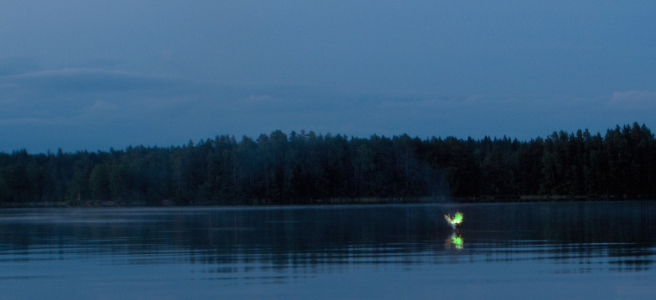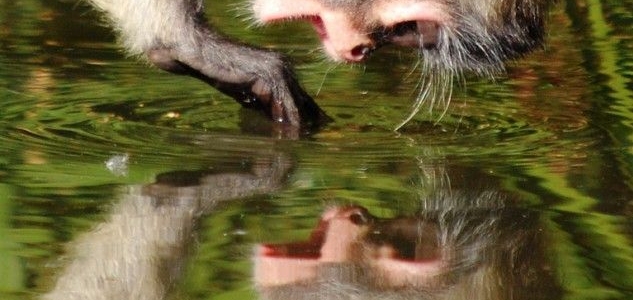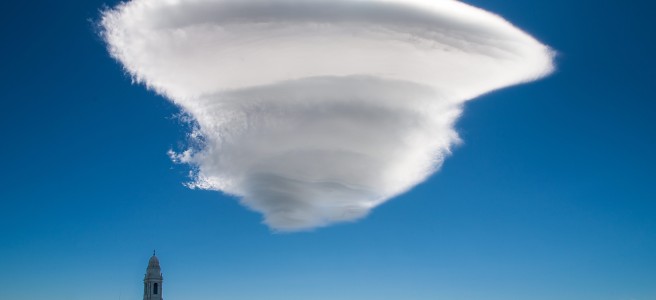This weekend, March 3-6, Rice University is hosting a conference to inaugurate its Archives of the Impossible. Like hundreds of others, I have Zoomed and will Zoom in to catch some of the plenary sessions held during the event. What follows, here, are my impressions of and thoughts on Jeffrey Kripal’s opening remarks and Jacques Vallée’s keynote address. (You can read my notes on Whitley Strieber’s talk, here, and Diana Pasulka’s, here). As my response is drawn from what I noted down during their talks, what I remember, and what I’ve slept on, it will be schematic and idiosyncratic but, hopefully, no less substantive for all that…
Opening Remarks: Jeffrey Kripal, “On Radar and Revelation: Connecting the Dots (and One Another)”
For all its humble brevity, Kripal’s address commencing the conference’s proceedings didn’t lack in insight or imagination.
Connecting the dots in his talk’s title, he observed “It’s all connected”, namely all those phenomena generally collected under the concept of the paranormal: UFOs, Near Death Experience, Psi phenomena, ghosts and hauntings, cryptids, etc. With this idea, by pleasing synchronicity, Kripal addressed some recent thoughts ventured here with regard to UFOs and ghosts and the essential, perhaps irresolvable, mystery of Fortean phenomena. This idea of a “Unified Field Theory of Paranormal Phenomena” is hardly new, but it seems somehow noteworthy Kripal opens with this idea…
In my reflections on the social significance of the Fortean, I propose that “the Fortean realm functions as a critique, a marking of limits or boundaries, to a form of knowledge whose demonstrable power at the same time puffs it with a monomania that causes it to claim a monopoly on knowledge.” Kripal, too, with reference to the scholarship of Stephen Finley, observes all too quickly that the paranormal plays a role in society. I’ve touched on this very compelling topic, how, on the one hand, the paranormal reveals “a profound, social fault line revealed most recently by the advent of the internet but arguably reaching back at least to the Reformation,” while, on another, the UFO mythology is appropriated by more reactionary forces in society. The place or function of the paranormal in “Western” society, at least, is, as I write above, a most compelling topic, not without pertinence to the social phenomena of populism and the loss of faith in scientific and cultural institutions….
Kripal also touched on our shared reality, as a “story” or “myth” of “secularism”, that unreflected, unquestioned, average-everyday “real” where most of us live our lives, what some historical materialists term “ideology”. For him, the paranormal throws that assumed reality into radical question, a feature not unrelated to the epistemic social struggles mentioned, above. Kripal’s notion, here, strikes me as a little belated; I’d be surprised if he were unacquainted with the scholarship around post-secularism, a concept coined by Jürgen Habermas and developed by Jacques Derrida (however much it was first articulated by ex-pat poet and scholar Peter Dale Scott…), the thesis that, counter to the “Secularization thesis” (that in the face of ever more powerful natural scientific explanations for phenomena and the concomitant growth in technological power over nature religion would of itself wither away…), religion has seen a resurgence due, in part, to its answering personal and social needs scientific institutions and secular society cannot….
With regard to this real, the cosmos articulated by the natural sciences, Kripal presents a startling image, that of Day and Night, how the light of science (if not reason) illuminates one aspect of reality, the other being obscured by that same light, whose relative absence is the condition for this other aspect to come into view…. I think Kripal makes a very important point here, whose implications are both far-reaching and profound, as much as those concerning the social role of the paranormal. Kripal’s analogy has further implications than those he draws out. On the one hand, it reminds us the matrix of the natural sciences is unreason or the irrational, religion in ancient Greece and magic in the European Renaissance (readers of F. M. Cornford and Frances Yates will know what I’m talking about, here), and, on the other, the way the irrational shadows rationality. At the same time, especially with regard to the social significance of the paranormal, this line of thought leads to the atrocity museum of unreason, whether the dismemberment of Orpheus or Cadmus by the followers of Bacchus or the enthusiasm of the Thirty Years War or the witch trial…
It is most fitting, therefore, in view of the challenge to science and consensus reality posed by the paranormal that Kripal should finish his talk with a nod to his forthcoming book on the “superhumanities“. When he first mentioned this idea, in the context of his talk, I imagined he referred to a renewed interdisciplinarity, of the the kind that inspired the modern university and much-resisted efforts in the 1970s (resistance coming from what Jacques Derrida termed “academic apartheid”…). On the one hand, he does seem to propose at least a dilation and reconfiguration of the humanistic disciplines, while, on the other, he explores “a long repressed or forgotten history of the humanities that orbits around the experience and theorization of the superhuman.” In this latter regard, along with his invocation of the knowledge of the “night”, and the attention he has given to Nietzsche and his Übermensch, I must wonder if Kripal isn’t playing with fire. We’ll have to wait until his book appears in July…
Jacques Vallée, “The Four Garments of Aletheia: Reality Management and the Challenge of Truth”
It is always a pleasure to hear Jacques Vallée speak; despite the protestations of certain sckepticks and the catastrophes of his recent collaborative books (Wonders in the Sky, with Chris Aubeck, and especially Trinity: The Best Kept Secret, with Paola Leopizzi Harris), Vallée is no woo-meister. His keynote address, aside from a slow start, was eloquent, learned (in its way), and impassioned, however many grave reservations I have about details of its argument…
Vallée organizes his discourse around the four “garments” or guises of Aletheia, the Greek goddess of truth. (I was relieved he, under the influence of Diana Walsh Pasulka, hadn’t attempted to deploy philosopher Martin Heidegger’s famous treatment of truth-as-aletheia…). The four guises of Aletheia are religious tradition, the historical record, “intelligence” (as in “intelligence agency”, e.g. the CIA), and mathematics.
He points to the world’s religious traditions and the historical record to evidence interactions with nonhuman intelligences (e.g., gods, angels, djinn, etc.) are nothing new, contextualizing modern UFO and encounter reports, a thesis well-known from his Passport to Magonia. However (and this is puzzling, given his hobnobbing with scholars of religion Pasulka and Kripal, among others), his understanding of scriptural hermeneutics is impoverished and his notion of history is ahistorical (i.e., it does not include temporally-inflected cultural difference).
His primary example from religious tradition is the Epiphany, the visit of the three magi to the baby Jesus. He raises the question of just what heavenly body the magi followed, a matter investigated by, among others, Carl Sagan. In a way, he resolves the issue with reference to an obscure text that describes the luminous body that guided the magi as a globe containing an infant. He posits this latter version as evidence for premodern encounters analogous to close encounters reported since 1947. But to ask after the physical identity of the Star of Bethlehem is akin to asking for a meteorological or other explanation for the colour of the sky in Edvard Munch’s The Scream. Neither the biblical tale nor the painting are in the first instance representations. The “truth” of the tale of the Magi is that the Christ child is destined to be the saviour of Jew and Gentile alike; the Magi are led to the manger by a star, because they were, among other things, astrologers; their gifts are likewise symbolic: gold for royalty, frankincense for divinity, and myrrh for mortality. To take the biblical story as a literal, historical account is to completely misread it….
Vallée’s historical evidence fares no better and for the same reason. Following the lead of Diana Pasulka this time, he offers the story of Saint Francis’ receiving the stigmata as a narrative with modern analogues, namely, luminous phenomena, nonhuman entities, paralysis and other physical effects, and telepathic communication. Vallée cribs his version from the account of Brother Leo, an eyewitness to the event. Vallée relates that before a luminous phenomenon, Francis is stricken prostrate, muttering in conversation with an unseen interlocutor, before receiving the famous stigmata from beams of light projected from the luminous phenomenon. However, Vallée also relates how Leo tells us Francis raised his hand three times. That (according to Vallée) Leo records so symbolic a detail (“three” being a charged number in Catholicism…) should be taken as a sign that, like the biblical story of the magi, Leo’s “report” of Francis’ vision needs be read for its rhetorical before its literal import. Again, Vallée has fallen prey to failing to grasp how narratives from distant times and cultures demand a philological and hermeneutic labour as a propadeutic to their interpretation. Ironically, Vallée seems to have failed to apply the observations he makes at the beginning of his address that “there is no absolute truth”, i.e., in the language of information theory, no truth is context independent.
Vallée’s discussion of the remaining two guises of Aletheia are, to an extent, less controversial. Under the rubric of “intelligence” he warns us that no UFO report after 1975, and certainly not after 1985, can be taken at face value, given the way the phenomenon has been exploited by national security agencies of various countries for various ends. In this regard, he makes a tactful nod to much of the material in his Revelations. His discussion of Aletheia-as-mathematics is a mix of the (relatively) well-known and the iconoclastic if not idiosyncratic. He seeks to disabuse us of the concept of mathematics as a field of indisputable knowledge and truth, reminding us, first, of the crises and controversies in the philosophy of mathematics and logic at the beginning of the Twentieth century, especially Gödel’s Incompleteness Theorem. Any student of philosophy in the English-speaking world will likely already be well-apprised of this history. He goes on, however, to cite the research of an information scientist whose name eluded me, who has argued somewhat paradoxically that, on the one hand, because of these and subsequent developments in the discipline, mathematics is now an empirical, experimental science, rather than an a priori one, while, on the other, that the future of mathematics-as-information-theory promises to illuminate the nature of mind, intelligence, consciousness, the origin of life on earth and its evolution (!).
But putting aside these problematic arguments, Vallée did make one remarkable claim, though he did not explain or develop it, namely, that “the phenomenon is not a system but a metasystem.” If he is using the prefix “meta-” in the same sense as “metalanguage” (a language about language) rather than “metaphysics” (“after” physics), then he is taking a position I have touched on, namely that the phenomenon might not be approached as it presents itself but as a sign system. That is, just like the pictographs that compose hieroglyphics are not pictures of objects but symbols that function as parts of a system, so too the drama of the UFO or entity encounter event is not what it appears to be but points beyond itself to some other significance. Perhaps this is what the aliens famously encountered by Herbert Schirmer meant when they told him they wanted human beings to believe in them, but not too much, a case remarked by Vallée himself in his address.
There remains one ironic omission that haunts Vallée’s presentation. Each time he introduced a new guise of Aletheia, he did so in the manner of a film director: “Cue Aletheia, dressed in the tricolor…”. Unconsciously, Vallée is gesturing to another, unremarked guise of truth, truth as art. It’s this mode of truth that undermines his examples of truth-as-religion and truth-as-history, as his reading of the tale of the magi and the story of Francis’ stigmata overlooks the art of rhetoric and narrative that articulate these stories. That the phenomenon is both played with (by Aletheia-as-intelligence) and plays with us (“The phenomenon has a sense of humour”), the UFO or anomalous phenomenon might fruitfully be thought as an aesthetic phenomenon as much as a trans- if not metaphysical one. In any event, the paranormal demands, as Vallée exhorts his audience at the end of his address, bold theorizing and a capacity to dream….

